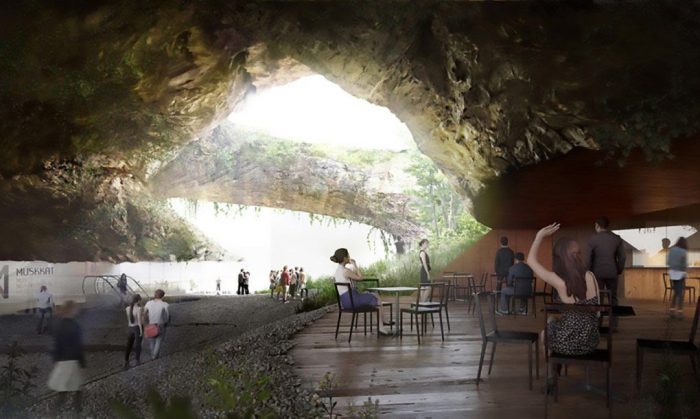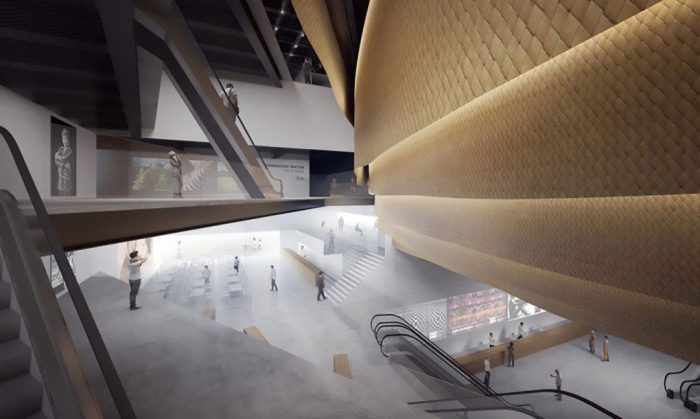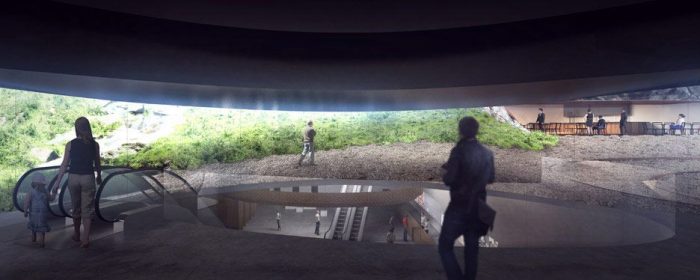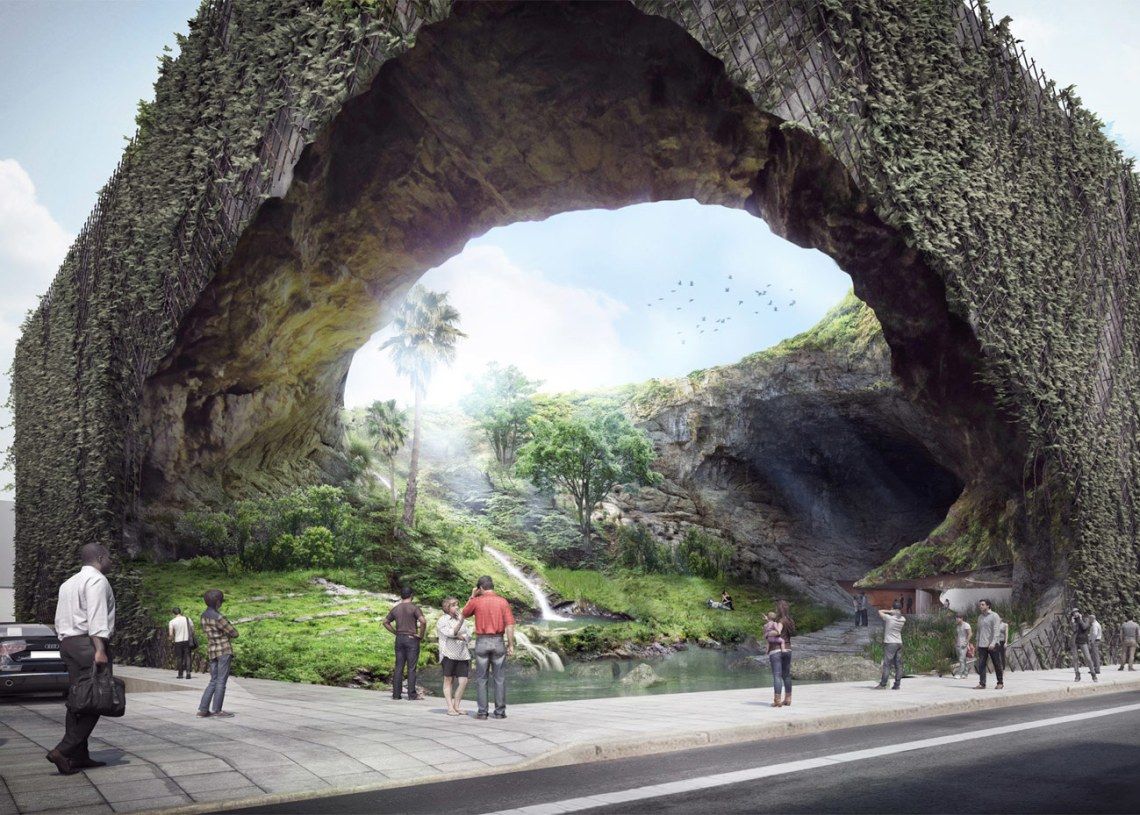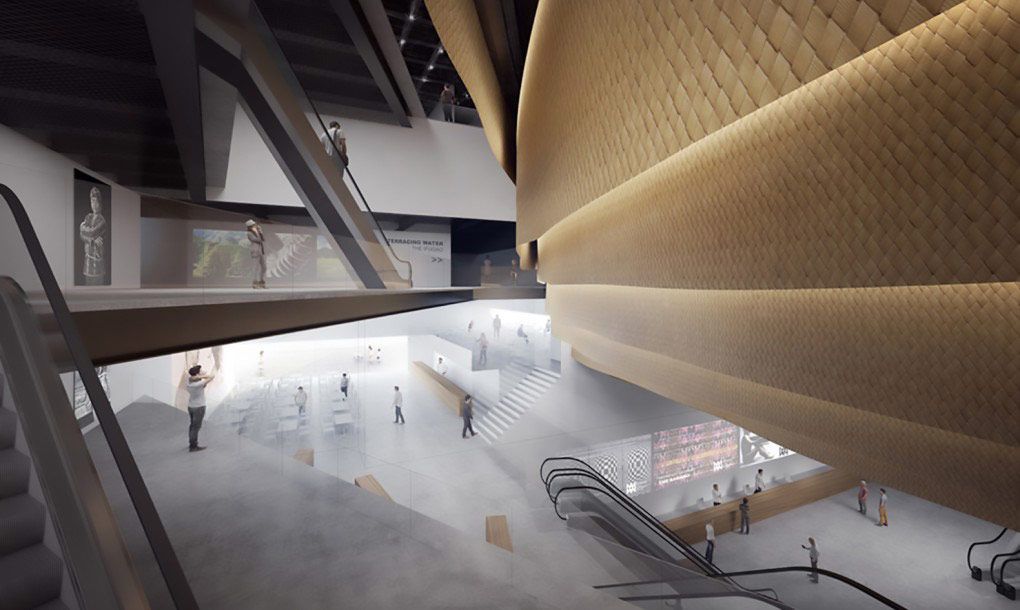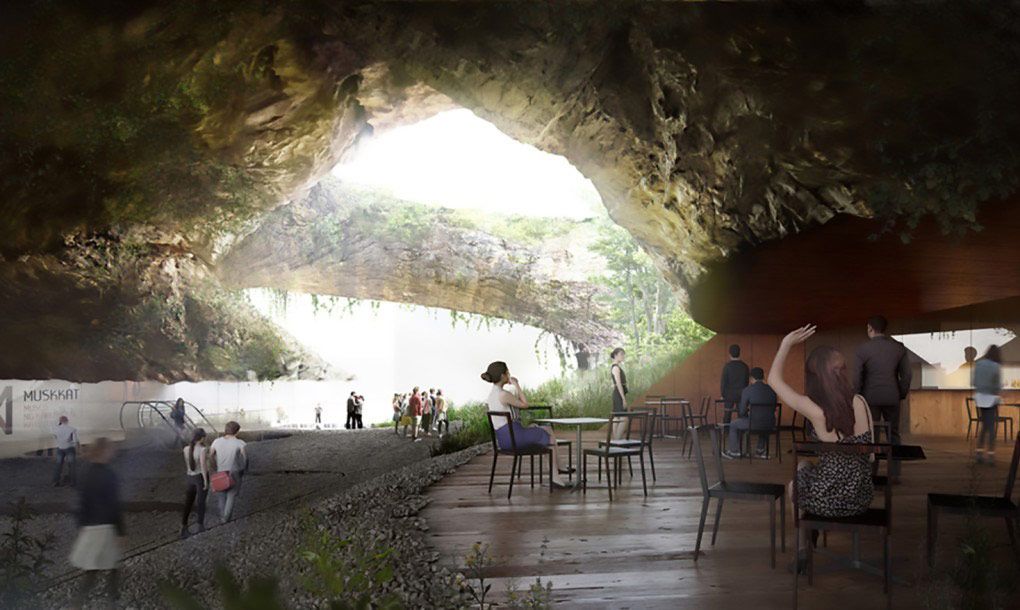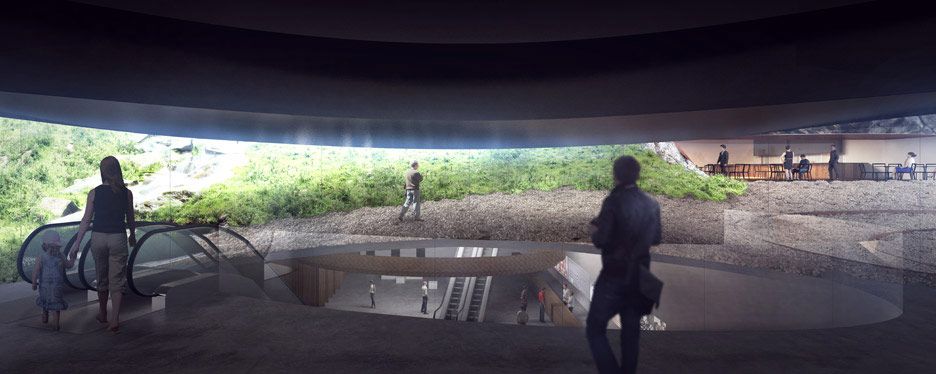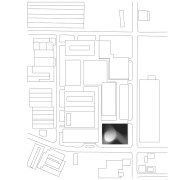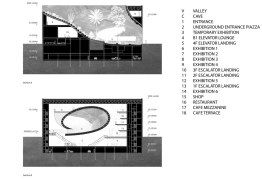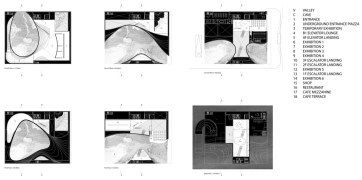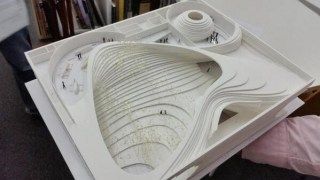Indigenous Knowledge
The jewelry, the weapons and the tools, when it was all polished stone; long before the metals found their place, was the ‘New Stone Age.’ This is the time and the era, where the new Museum of Indigenous Knowledge, located in Manila, Philippines, begins the historical journey through time.
“The theme of this museum is to offer its visitors an experience of the Philippines’ cultural heritage, starting from the Neolithic age,” the ‘Neolithic Age’ thus was the inspiration for the rocky exterior of the building.
The 9000 square-meter museum appears to the eyes, as a hollow cave-like structure with an artificial ravine running through its center. The natural setting is amplified by the presence of waterfalls and ponds adding to the ravine and lined by tropical plants. To enhance the rock-like formation, a latticed covering has been introduced on the exterior which will have plants weaving through and climbing up, completing the setting.
“Based on its concept, we aim to build a natural and organic museum by combining water and green in the cave-shaped space, contrary to the image of museums as closed boxes. It is also an attempt to revive cohabitation of nature and history in the urban environment.”
The interior setting of the place is, on the contrary, a bit on the urban side featuring woven textured surfaces and transparent balustrades. The transparent quality is in continuum and serves as the unifying factor for the interior and the exterior.
The Ground Level of the five-floor structure, would be occupied by a restaurant and a shop overlooking the ravine with its plants and waterfalls. The four floors above would feature a central piece with the galleries and the exhibition space encircling it. In addition, a basement would be provided to include the parking area and a temporary exhibition center.
Kengo Kuma is a renowned Japanese architect, revered for the innovative incorporation of light into his designs and reinventing the uses of natural elements. This project amply justifies the statement and presents to the world his vision via a visionary piece of architecture.
courtesy Kengo Kuma
courtesy Kengo Kuma
courtesy Kengo Kuma
courtesy Kengo Kuma
museum-manila-kengo-kuma-archeyes-1
museum-manila-kengo-kuma-archeyes-3
museum-manila-kengo-kuma-archeyes-2
museum-manila-kengo-kuma-archeyes-4


